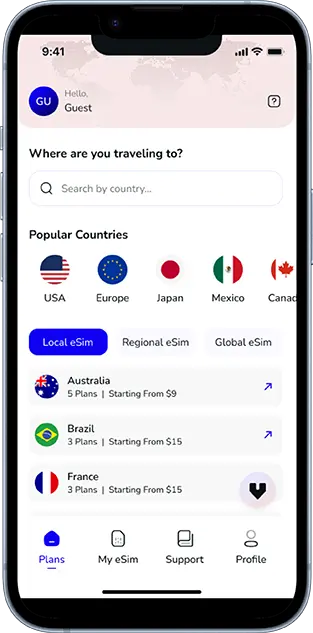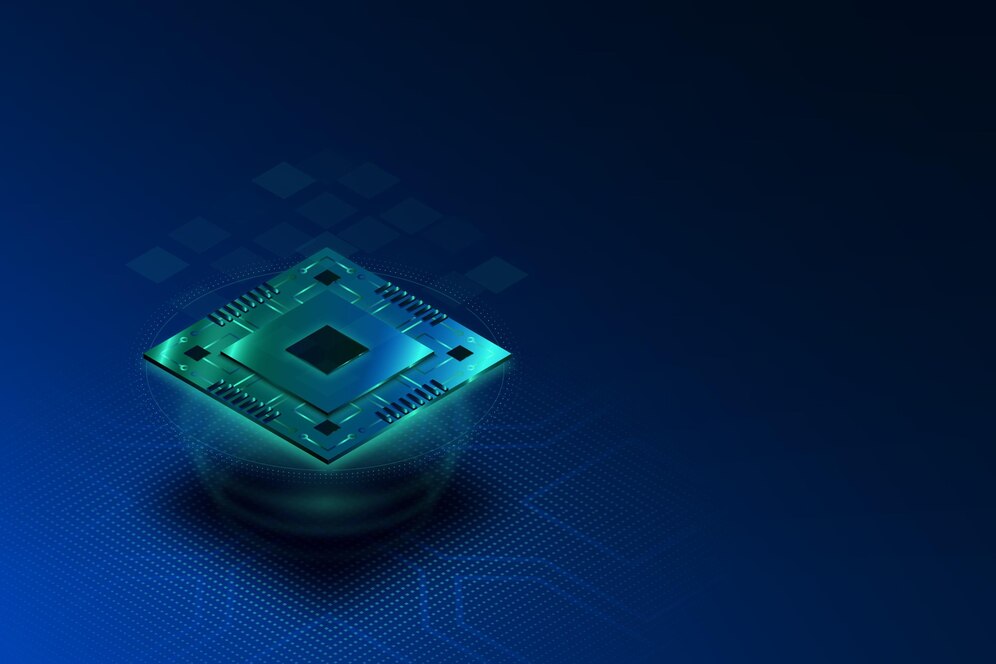Note that iPhone devices from Mainland China aren’t eSIM compatible. Also iPhone devices from Hong Kong and Macao aren’t compatible (except for iPhone 13 Mini, iPhone 12 Mini, iPhone SE 2020 and iPhone XS)
In the ever-evolving world of mobile technology, staying updated with the latest advancements is crucial for tech enthusiasts, mobile users, and frequent travelers. One such area experiencing rapid growth and innovation is SIM technology. Traditionally, we’ve relied on physical SIM cards like the Nano SIM, but the emergence of eSIM presents new possibilities. This blog post will dive deep into the differences between Nano-SIM and eSIM, helping you understand their unique features and benefits, and which one might be right for you.
What is a Nano SIM?
The Nano SIM is the fourth iteration of SIM cards, following Mini SIM and Micro SIM. It measures just 12.3mm x 8.8mm x 0.67mm, making it the smallest physical SIM card currently used. Introduced in 2012, the Nano SIM helped manufacturers design slimmer and more compact mobile devices by reducing the space required for SIM card slots.
Key Features of Nano SIM
- Physical Card: Requires a physical slot in the device.
- Wide Compatibility: Compatible with many smartphones and other mobile devices.
- User-Replacement: Easily removable and replaceable by the user.
- Carrier-Specific: Typically tied to a specific mobile carrier, though many can now be unlocked for use with different carriers.
What is an eSIM?
eSIM, short for embedded SIM, represents a significant evolution in SIM technology. Unlike traditional SIM cards, eSIMs are embedded directly into the device’s hardware and do not require a physical card. The information stored on an eSIM can be rewritten, allowing users to switch carriers or plans without needing a new SIM card.
Key Features of eSIM
- Embedded Hardware: Integrated into the device’s motherboard, eliminating the need for a physical card.
- Remote Provisioning: Allows users to switch carriers or activate new plans remotely.
- Multi-Profile Support: This can store multiple carrier profiles, making it ideal for frequent travelers.
- Space-saving: Helps manufacturers create more space in devices for other components or larger batteries.
Nano SIM vs. eSIM: A Comparative Analysis
- Installation and Flexibility
Nano SIM: Installation involves physically inserting the SIM card into the designated slot. While straightforward, it can be inconvenient if you frequently switch SIMs or travel often.
eSIM: Activation and switching are managed via software, allowing seamless transitions between carriers or plans without physical intervention.
- Device Compatibility
Nano SIM: Widely compatible with numerous devices, including older models that may not support eSIM technology.
eSIM: Increasingly common in newer devices such as the latest iPhones, Google Pixel phones, and some smartwatches. However, not all devices currently support eSIM.
- Convenience for Travelers
Nano SIM: Travelers often need to purchase local SIM cards upon arrival at their destination, which can be time-consuming and inconvenient.
eSIM: Perfect for travel. eSIMs can store multiple carrier profiles, enabling users to switch to local carriers or travel-specific plans (e.g., travel eSIM) instantly via software.
- Security and Reliability
Nano SIM: Physical SIM cards can be lost, damaged, or stolen. However, they are also easy to remove and replace if needed.
eSIM: More secure since they cannot be easily removed or lost. However, users must rely on software processes to switch profiles or carriers.
Pros and Cons
Nano SIM
Pros:
- Wide compatibility with a large number of devices.
- Easy to swap between devices.
Cons:
- Requires physical handling and slots.
- Limited to one carrier profile at a time.
eSIM
Pros:
- Seamless carrier switching and multi-profile support.
- No need for a physical card or slot.
- Ideal for international travelers and dual-profile needs.
Cons:
- Not yet universally supported across all devices.
- Switching carriers might require more technical knowledge.
Future Trends in SIM Technology
As we look to the future, the adoption of eSIM technology is expected to rise significantly. Manufacturers are likely to continue incorporating eSIMs into new devices, gradually phasing out traditional SIM cards. Additionally, the convenience of remote provisioning and multi-profile support makes eSIM an attractive option for both consumers and carriers.
For tech enthusiasts and frequent travelers, staying informed about these advancements is key. The growing prevalence of eSIM-compatible devices and travel eSIM solutions highlights a shift towards a more flexible and convenient mobile experience.
Global Coverage, Local Rates
Experience hassle-free connectivity wherever you go.
Conclusion
Both Nano-SIM and eSIM have their unique advantages and limitations, and the choice between them largely depends on individual needs and preferences. Nano SIM offers wide compatibility and ease of use, while eSIM brings modern convenience and flexibility, especially for those who travel frequently.
As the mobile industry continues to innovate, eSIM technology is poised to become increasingly mainstream, providing a glimpse into the future of seamless connectivity. Stay ahead of the curve and consider how eSIM could enhance your mobile experience.
For those looking to explore the potential of eSIMs, many carriers and device manufacturers offer detailed guides and support to help you make the transition. Embrace the future of mobile technology and enjoy the freedom and flexibility that eSIM provides.
Seamless Mobile Data Everywhere




















